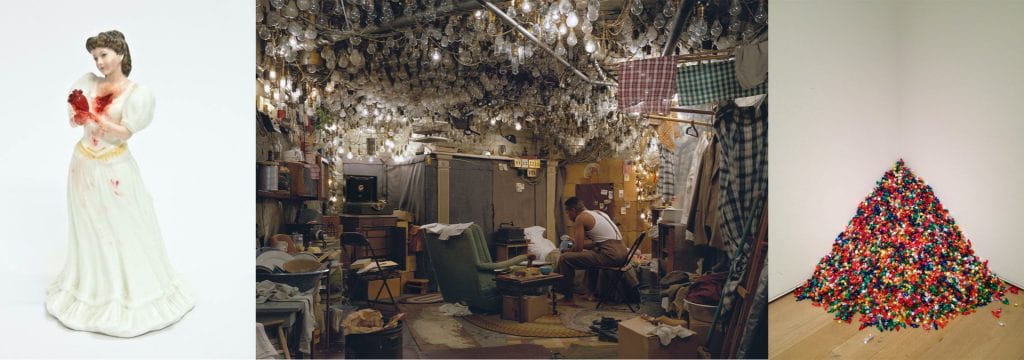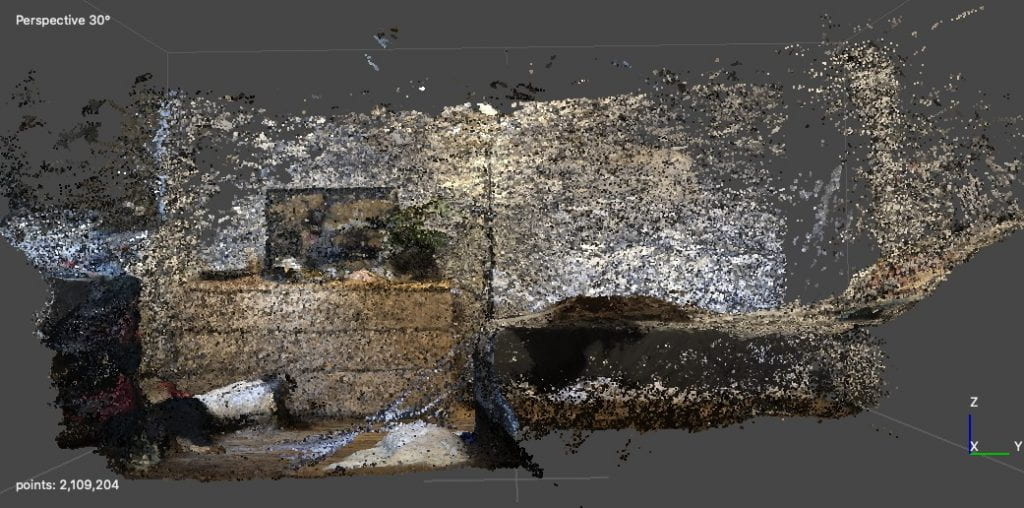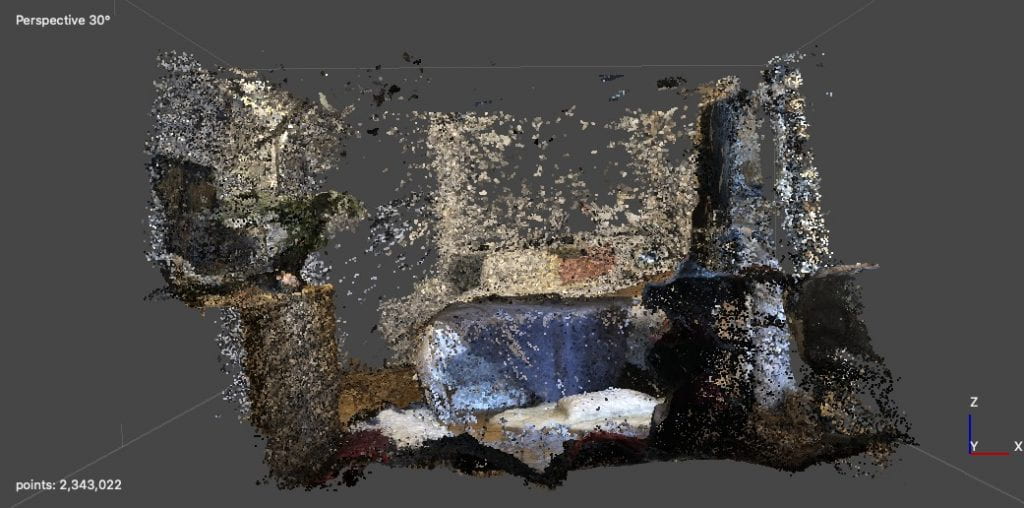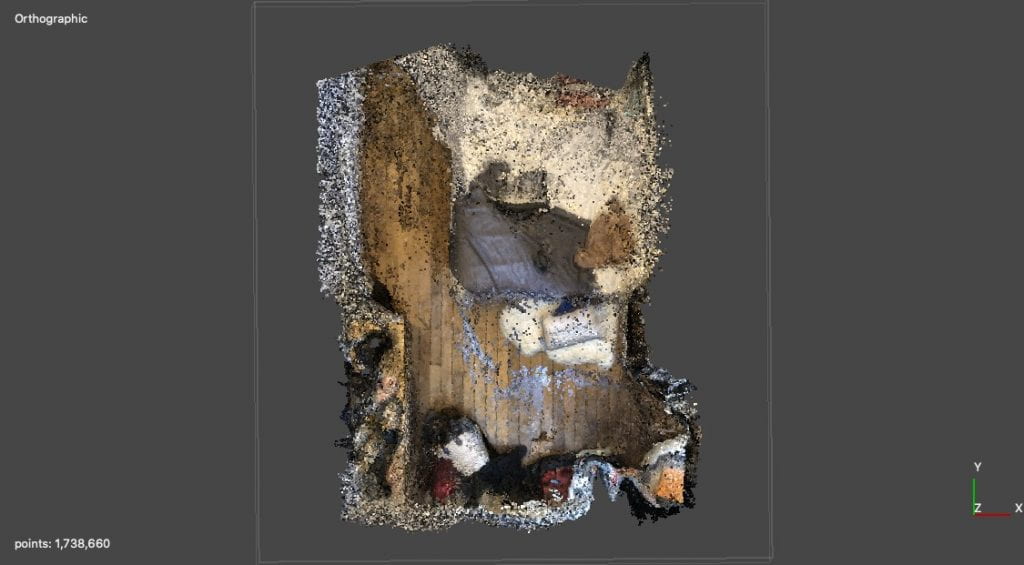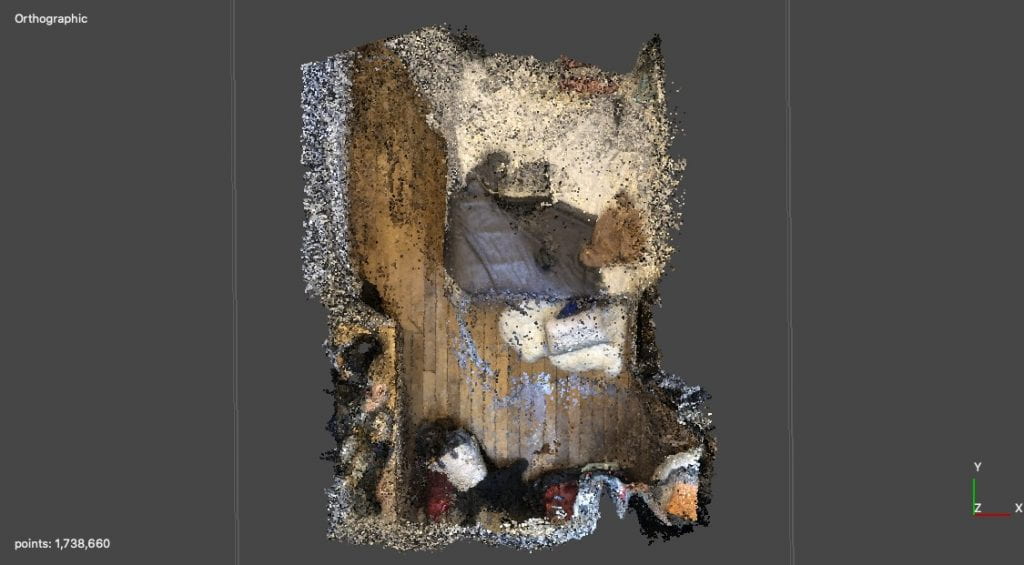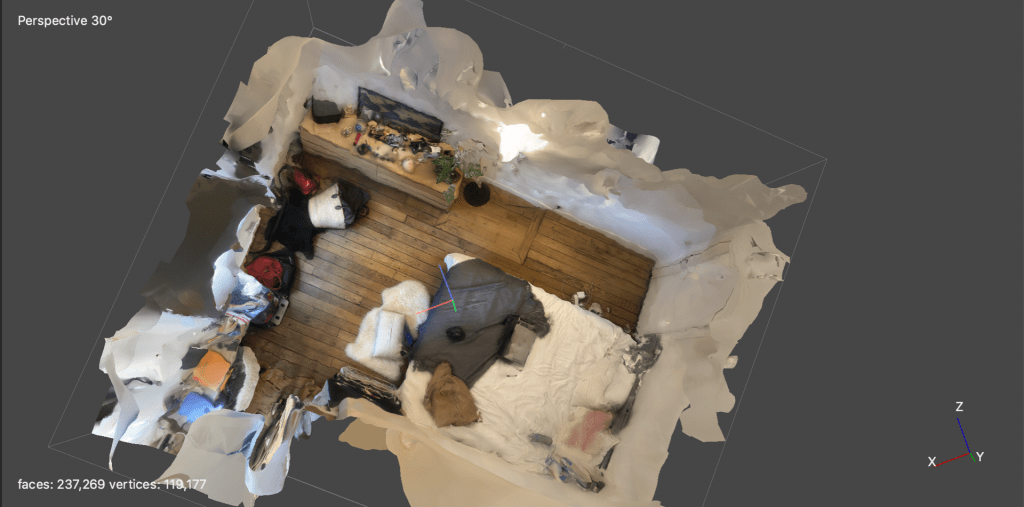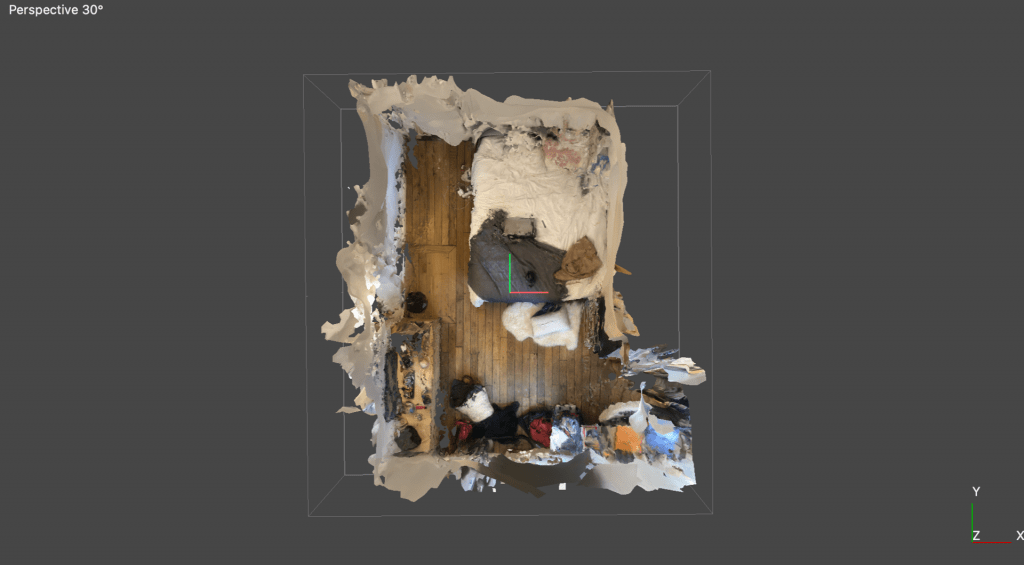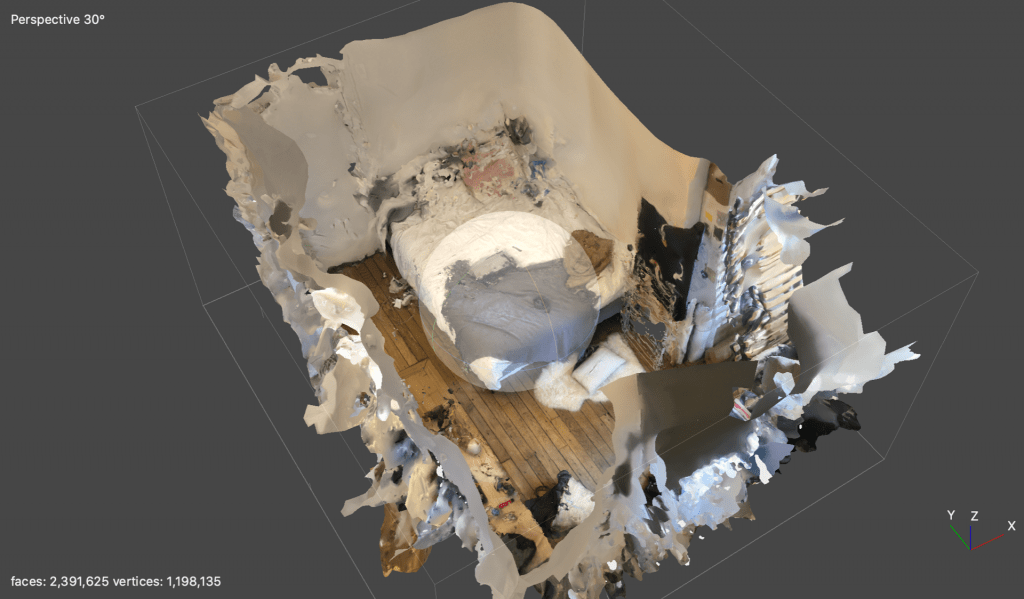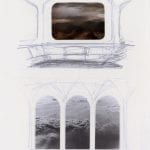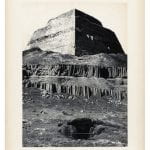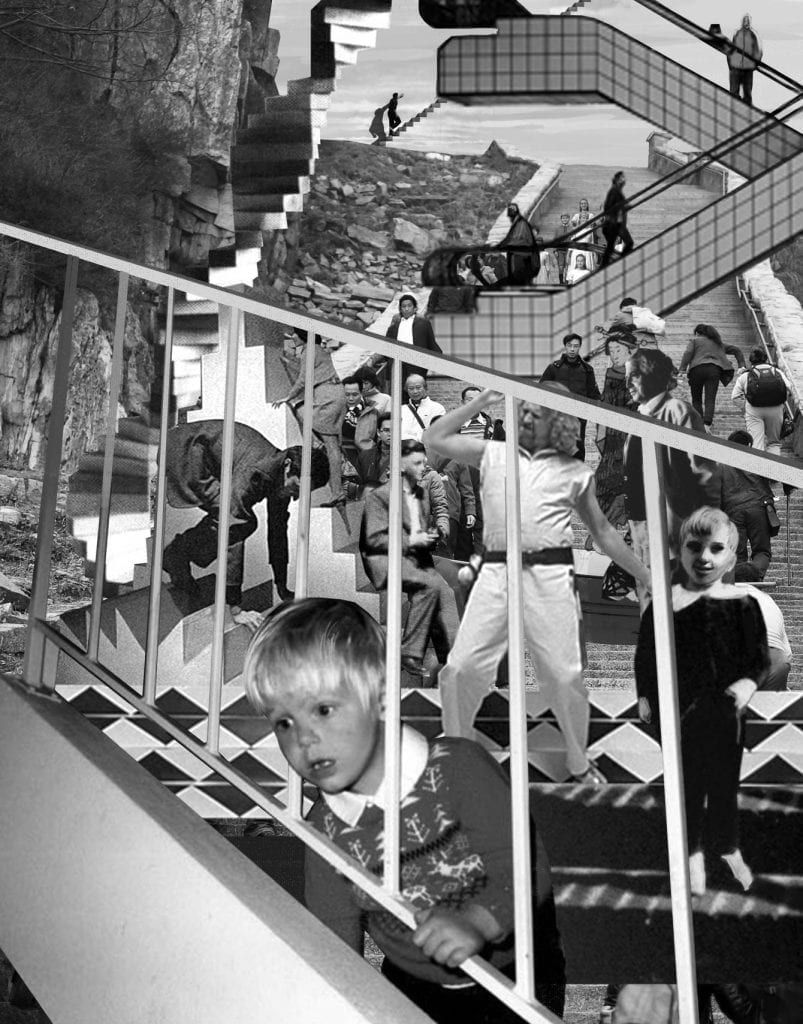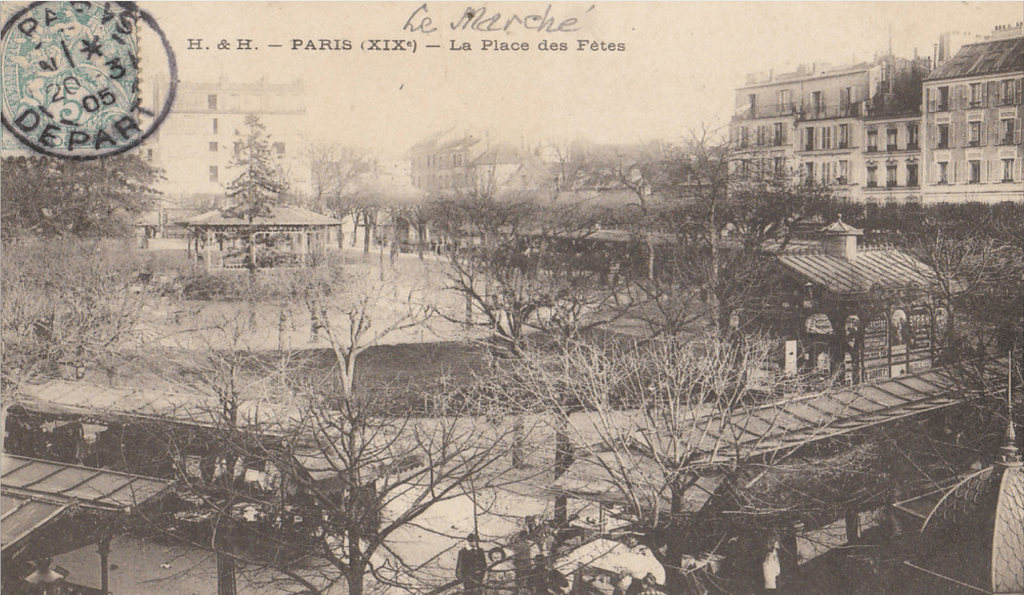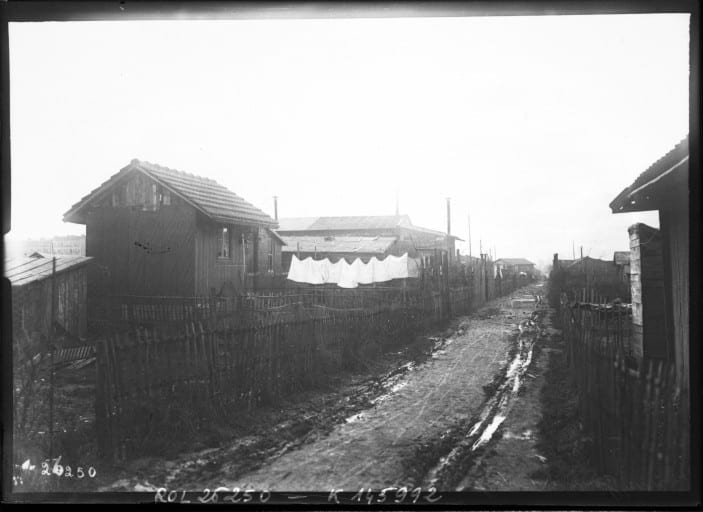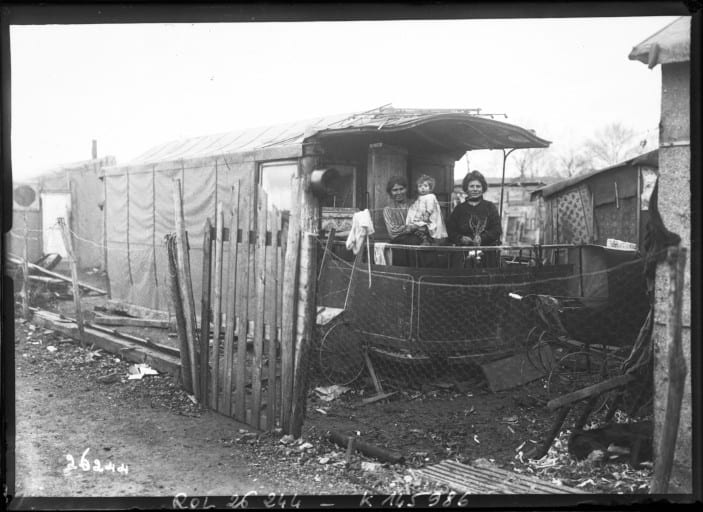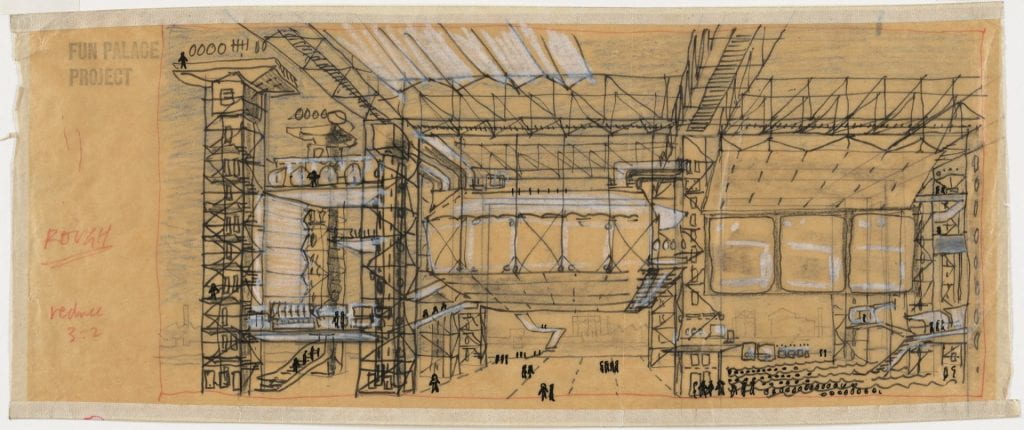Foucault text notes:
“Punishment of vagabonds and the relief of the poor” (p.43)
“Houses of correction”
The Hospital General was initially to take care of the unwanted. “The great hospitals houses of confinement, establishments of religion and public order, of assistance and punishment of governmental charity and welfare measures” (p.43)
The poor were driven out of paris, arrested “Paris decided to arrest beggars and force them to work in the sewers of the city, chained in pairs.” (p.47)
“Beggars of Paris to be whipped in public square, branded on the shoulder”(p.47)
“Forbid entry to indigents”
“Purely negative measures of exclusion were replaced by a measure of confinement; the unemployed person was no longer driven away or punished; he was taken in charge. At the expense of the nation but at the cost of his liberty. Between him and society, an implicit system of obligation was established: he has the right to be fed, but he must accept the physical and moral constraints of confinement.” (p.48)
All the unwanted were to be confined and seperate from society, to not harm society?
Hopital General of Lyon 40 years before Paris.
In England it was work/ labor for the poor at a low rate, but because of economical reason and competition, the workers weren’t even meeting the price of their pension.
In France it was more to put away the beggars rather than giving them occupation.
“Sometimes there were even arrangements which permitted private entrepreneurs to utilize the manpower of the asylums for their own profit.” (p.53)
“Even in paris, several attempts were made to transform the buildings of the Hospital General into factories” (p.53)
“Mendicancy and idleness as sources of all disorder”
Idleness: laziness; indolence.
“Between labor and idleness in the classical world ran a line of demarcation that replaced the exclusion of leprosy” (p.57)
Leprosy: a contagious disease that affects the skin, mucous membranes, and nerves, causing discoloration and lumps on the skin and, in severe cases, disfigurement and deformities. Leprosy is now mainly confined to tropical Africa and Asia.
“Men did not wait until the seventeenth century to “shut up” the mad, but it was in this period that they began to “confine” or “intern” them, along side with an entire population with whom their kinship was recognized” (p.58)
““To render them useful to the public” it was made quite clear that the origin of poverty was neither scarcity of commodities nor unemployment but the “weakening of discipline and the relaxation of morals”” (p.59) relating that to libertinage
“The libertinage of beggars has risen to excess unfortunate of beggars has tolerance of crimes of all sorts …”
“But also that of a moral institution responsible for punishing, for correcting a certain moral “abeyance””
“The hospital general has an ethical status” (p.59)
Making the hospital a place for the ones not following social rules??
“Confinement was an institutional creation peculiar to the seventeenth century. It acquired from the first an impor- tance that left it no rapport with imprisonment as practiced in the Middle Ages. As an economic measure and a social precaution, it had the value of inventiveness. But in the history of unreason, it marked a decisive event: the mo- ment when madness was perceived on the social horizon of poverty, of incapacity for work, of inability to integrate with the group; the moment when madness began to rank among the problems of the city. The new meanings as- signed to poverty, the importance given to the obligation to work, and all the ethical values that are linked to labor, ultimately determined the experience of madness and inflected its course.” (p.64)
